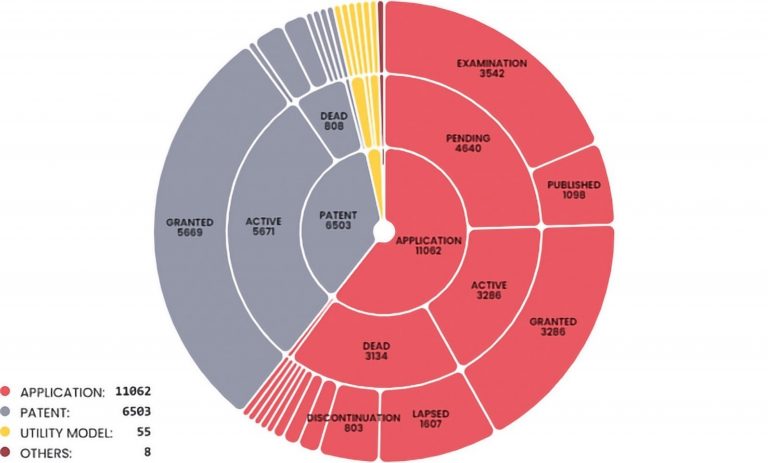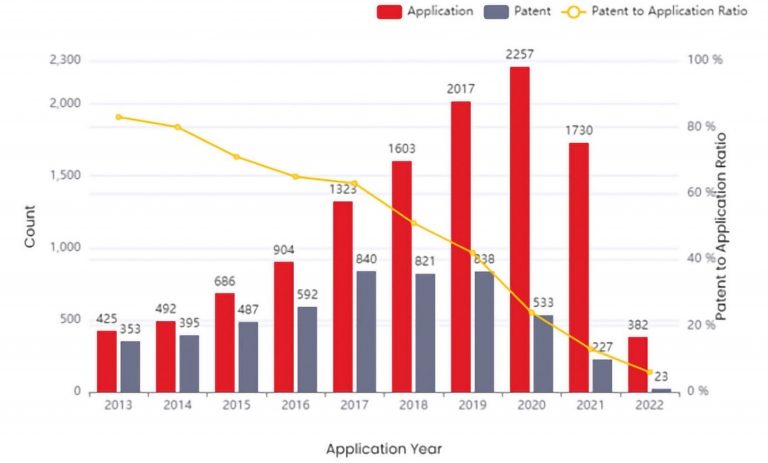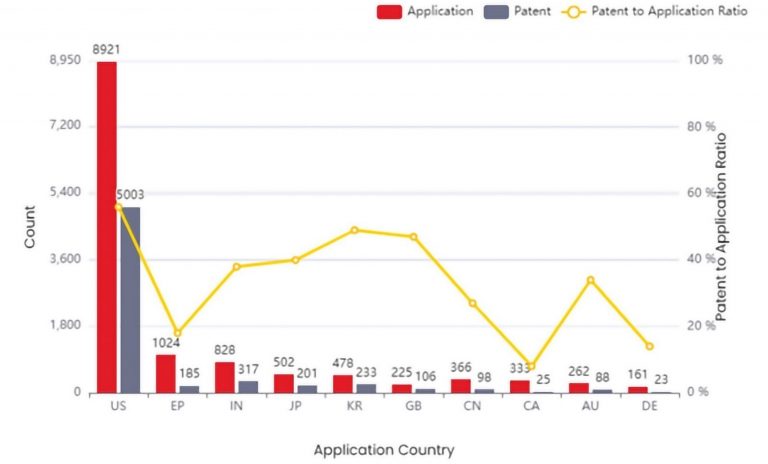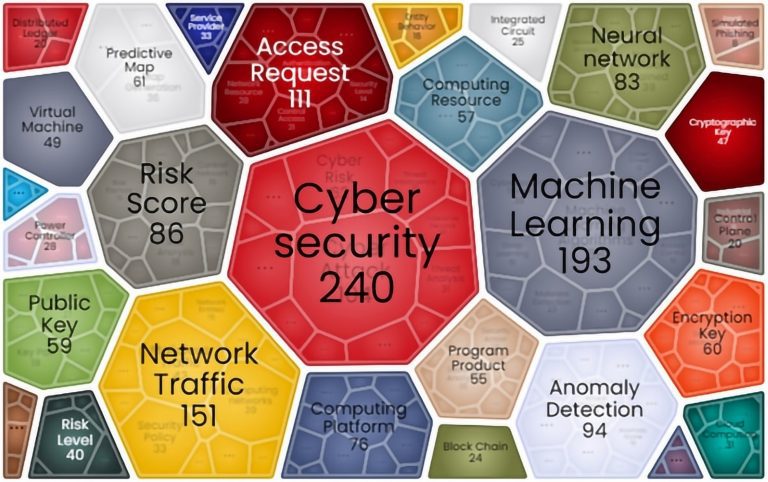Three types of attacks are fended off by cyber security:
- Cybercrime comprises lone actors or organizations that attack systems for harm or financial advantage.
- Cyberterrorism aims to compromise electronic systems to elicit fear or panic.
- Information collection for political purposes is a common component of cyberattacks.
Throughout 2020 and 2021, a number of cyber threats arose and manifested. The study leads us to identify and concentrate on the top threat groupings listed below:
Ransomware: In reality, ransomware is a form of malware that encrypts data belonging to an organization and demands money to decrypt it. A number of associated policy efforts in the European Union (EU) and throughout the world further demonstrate the importance and effect of the ransomware menace.
Malware: Malware is software or firmware that is designed to carry out an unauthorized action that would seriously impact a system’s confidentiality, integrity, or availability. Relevant threat actors’ operations have been influenced by the adoption of new attack techniques as well as a few significant victories for the law enforcement community.
Phishing: The most frequent and efficient method for thieves to penetrate business environments has historically been phishing attempts. Instead of finding and taking advantage of a weakness in an organization’s defenses, it is sometimes far simpler to deceive a user into clicking on a hyperlink or opening an attachment.
Crypto-jacking: Crypto-jacking or covert crypto-mining is a type of cybercrime where a perpetrator discreetly mines bitcoin using the processing capacity of a victim. A rise in related cybersecurity problems has been noticed with the spread of cryptocurrencies and the general public’s rising adoption of them.
E-mail related threats: Email-related assaults are a collection of dangers that prey on psychological flaws and everyday routines rather than technical flaws in information systems. Interestingly, the threat still exists to a significant extent despite the numerous awareness and education programs against these sorts of assaults.
Threats against data: This group includes data breaches and leaks. The exposure of sensitive, confidential, or protected data to an unreliable environment is known as a data breach or data leak. Data leaks can happen as a result of a cyberattack, an insider assault, an unintended data loss, or even an accidental data disclosure. Since access to data remains a top target for attackers for a variety of reasons, including extortion, ransom, defamation, disinformation, etc., the threat is still quite high.
Non-malicious threats: Threats are frequently seen as willing and evil actions brought about by enemies who have a motivation to harm a particular victim. Threats that lack obvious harmful intent fall under this category.
These often result from user error and system setup issues, but they can also be caused by natural disasters that specifically target IT infrastructures. These risks, which are persistent in the yearly threat landscape due to their nature, are a key issue for risk assessments.









